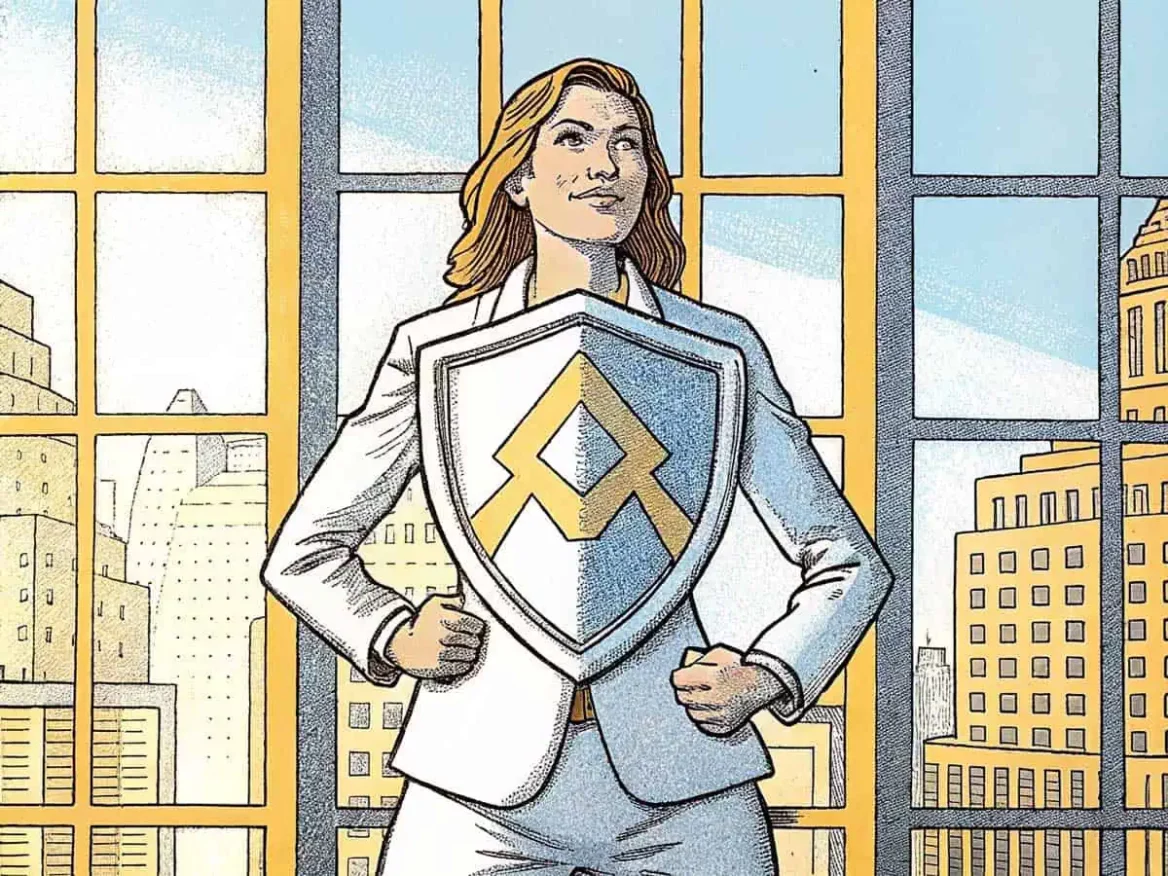Rights such as trade name rights, copyright and portrait rights are everywhere. Violating them can have significant legal consequences. This article explains why due diligence is essential.
Rights such as trade name rights, copyright and portrait rights are everywhere, from company names to photos on websites and personal portraits. Although they are often taken for granted, violations of these rights can have significant legal and financial consequences. This article highlights how these rights work and why due diligence is important.
Trade names: avoiding confusion
A trade name is the face of a company. If two companies use similar trade names, this can cause confusion among customers. Even if the companies are geographically far apart, indirect confusion can occur. This is especially true if the companies offer similar services or appeal to the same target audience.
The court looks at actual customer confusion. If it turns out that customers confuse the companies or are not sure which company they are dealing with, this can lead to a trade name infringement. To avoid this, it is essential to thoroughly research existing trade names before choosing one.
Copyright: don’t use photos just like that
It seems harmless to use a photo from the internet for a blog, website or social media. But many photos are protected by copyright. This means that the creator of the photo must give permission before it can be used. Without this permission, use can lead to damage claims, fines or legal action.
Protecting copyright is not only a legal requirement but also a show of respect for the creator’s creativity. If in doubt about the copyright of a photo, choose royalty-free images or enter into a licence agreement with the owner.
Portrait rights: respect personal interests
Portraits are subject to specific legal protection. Publishing a portrait without the consent of the person portrayed – or, in some cases, their heirs – can lead to legal conflicts. Here, balancing interests plays a crucial role.
In this balancing act, courts look at factors such as the context of the publication, the nature of the image and the extent to which the privacy of the person portrayed is violated. Even a public photograph can remain protected in some cases if the person portrayed has a reasonable interest against publication.
What can you do?
Whether it is a trade name, a photograph or a portrait, it is essential to handle intellectual property rights carefully. Here are some tips:
Trade names: Always run a check on existing trade names and avoid overlap, even with local businesses.
Copyright: Only use photos you are sure you have permission to post.
Portrait rights: Consider the possible interests of the person portrayed and if in doubt, always ask permission.
Conclusion, according to Good Law
Intellectual property rights protect creativity, reputation and personal interest. Care and respect for these rights help avoid legal problems and contribute to fair and transparent business practices.


